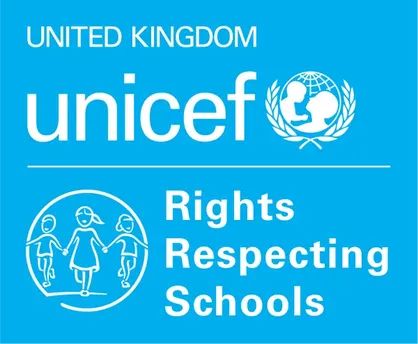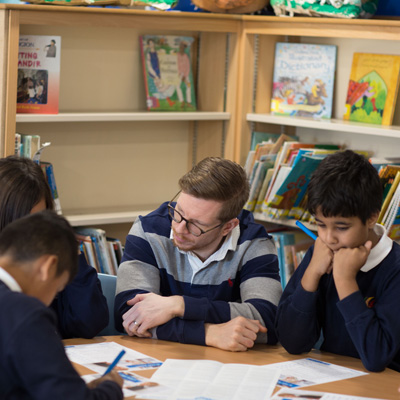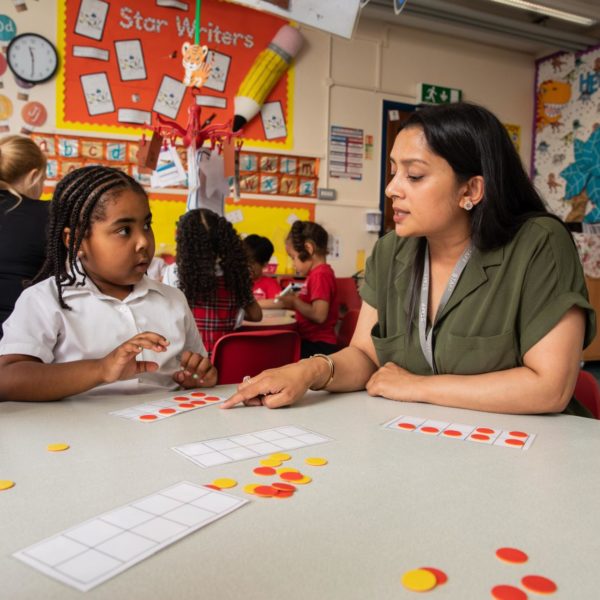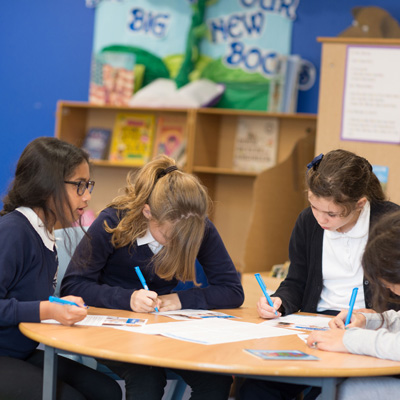At this primary school the language of rights is an on-going theme which is embedded into a range of school activities.
Matthew Tunnicliffe is Assistant Head Teacher at Meadows First School and RRSA lead. He shares how his school embeds Rights Respecting language into school life.
Getting language right from the start
When we started our RRSA journey, we introduced the language of rights to the staff at staff meetings throughout the year. Staff had language prompts on walls and lanyards. It was quite difficult at the start of the journey but as we progressed through Bronze, Silver and Gold the language became more and embedded into daily school life.
For pupils, we introduced the language of rights through assemblies. Assemblies are split into year groups so the language and content is appropriate for their age. At the start of every year, each class has a rights language session where we recap children’s rights and the language that is used to embed their understanding. This is then shown in their class charter and playground charter which is referred to throughout the year. For parents, each class invite their parents and carers into school so the pupils can teach them about rights.
Central to everything we do
All staff are trained annually on the use of rights language, including office, catering and lunchtime supervisors. Any new staff are also encouraged to complete the RRSA e-learning modules and staff are regularly sent on RRSA training. The use of rights language is central to everything we do.
Our behaviour policy reflects this and the use of charters in the class and on the playground support staff when using rights language. At lunchtimes, supervisors refer to the playground charter when dealing with issues which enables them to confidently refer to the language of rights. In staff meetings we often start the session with recapping on a right or rights term. We also make sure teachers have time to plan for opportunities to discuss rights across the curriculum. Each year group sends ‘Rights Homework’ home which supports both children and parents with their understanding of rights. For example, Year 1 completed a home work project on duty bearers, so parents had a good understanding of this term. Our parents also can come to a class assembly to learn about rights. In this session, children really make it clear about the ABCDE of Rights and the importance of knowing these terms.
An on-going piece of work
This is very much still a journey that we are on. Staff have grown in confidence with using the language of rights and it is incredible to see how much this has changed since Bronze. It is clear the whole school community share a common understanding of the language of rights which supports our whole school ethos.
The language of rights is embedded into everything we do. It flows through out school development plan, our behaviour policy and our curriculum maps. It brings parents, governors, pupils and staff together and most importantly gives pupils a voice, raises their confidence and makes them aware of the world they live.
Rights Respecting language is seen in classrooms and in corridors. Everyone is responsible for sharing the language of rights and we make sure it is specific for the age group. Rights language is very different in Early Years to Juniors. Rights language progression is vital to make sure all children understand their rights and why they are so important.
School context: Meadows First Primary is based in Worcestershire. The school has 338 pupils on role. 14% of pupils are eligible for pupil premium funding, 7% have an EHCP and 23% received SEN support.







